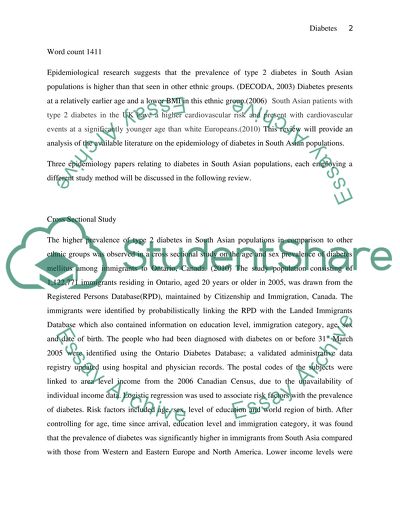Cite this document
(“Diabetes in the South Asian Populations Book Report/Review”, n.d.)
Diabetes in the South Asian Populations Book Report/Review. Retrieved from https://studentshare.org/health-sciences-medicine/1510821-diabetes-in-the-south-asian-populations
Diabetes in the South Asian Populations Book Report/Review. Retrieved from https://studentshare.org/health-sciences-medicine/1510821-diabetes-in-the-south-asian-populations
(Diabetes in the South Asian Populations Book Report/Review)
Diabetes in the South Asian Populations Book Report/Review. https://studentshare.org/health-sciences-medicine/1510821-diabetes-in-the-south-asian-populations.
Diabetes in the South Asian Populations Book Report/Review. https://studentshare.org/health-sciences-medicine/1510821-diabetes-in-the-south-asian-populations.
“Diabetes in the South Asian Populations Book Report/Review”, n.d. https://studentshare.org/health-sciences-medicine/1510821-diabetes-in-the-south-asian-populations.


